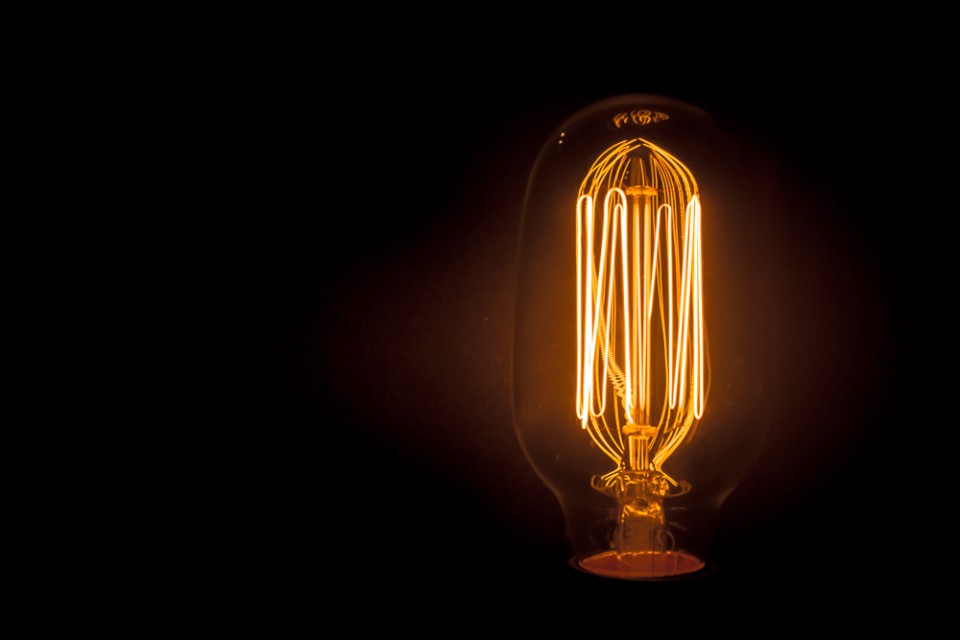LED Lights Are Not A Massive Aesthetic Step Backwards
LED lights are increasingly replacing older lighting technologies.While they are different are they as bad as some critics claim?
The Christmas decorations went up around my home over the weekend and I’ve been enjoying the low warm light filling our courtyard, hall and lounge room. Compared to the heavy, unreliable (and not entirely safe) strands of lights I remember from my childhood, the new, modular LED Christmas lights are really easy to use. It’s wonderful to see the way these lights are creatively deployed around Tokyo, especially the stunning installations in front of Roppongi Hills.
This is, of course, one small part of a rapid development in lighting technology, recognised when Isamu Akasaki, Hiroshi Amano and Shuji Nakamura were awarded the 2014 Nobel Prize for Physics. LED lights haven’t just changed the face of Christmas decorations, they are also helping us become more creative (and efficient) with our lighting in a variety of situations. This past week I joined 868 other people backing the brilliant Lume Cube project on Kickstarter. And, last month I was in Akihabra, being totally amazed at the way variable colour, flexible LED strips could be applied to light music projects and possibly my studio, in the near future.
A Rant To The Contrary
So, I was surprised to read a somewhat grumpy and “blimpish” rant against LEDs in a recent Financial Times column from Tyler Brûlé.
“If LEDs are so great, why has a whole sector of cottage industries sprung up to offer old-school, cosy lighting solutions to online customers worldwide? If the LED is so wonderful, then why do aircraft interiors look so chilly and cold? And, while we’re told that LEDs can reproduce almost any type of lighting situation, why is it that in domestic settings they leave everyone looking ghoulish and haggard?”
To back up his tirade, Brûlé points to airplane interiors (which to my memory have always been unforgivingly lit) and hotted up cars (which are hardly the first place most of us look for interior design cues). From someone who claims to frequent Japan’s retail sector, I was surprised the comments were not a little better informed. Go to any major electronic department store here, like Bic Camera or Yodobashi, and you will not only see masses of interior LED lights for sale, but also rows of ingenious display boxes, housing every available model, lighting up a identical little scenes. so you can see exactly how the light you want to buy will render print on a page, or fruit in a bowl.
Understanding Artisanal Electronics
There is a trend towards artisanal lighting going on – the photo at the top of this post is from light fitting I made for in my workshop, using a great looking old school filament bulb. But, it’s misguided to see this as simply a reaction against the limitations of poorly installed LED lighting. Artisanal electronics, from resurgence of vinyl, or film photography, through to old school designs of kettles and kitchen appliances, it is part of a much bigger cultural trend.
Partly it’s fashion, partly it’s fear of the future; we are unsure how good our new ideas are, so rebooting existing designs and concepts feels safer. Also, with worsening economic conditions in much of the world clashing with oversaturated consumer choice, the older industrial-era values of “made to last” and “reliability” feel attractive. Perhaps more than anything, the internet makes it possible for these older electric and electronic technologies to find markets, stay in business and even continue to innovate.
Anyone with an understanding of how light works architecturally or artistically will understand the potential of lighting a space with a large number of small lights that can installed and controlled in customisable ways. Designers and artists have only begun to scratch the surface of what new LED lighting technologies can do and I look forward to living with both the best of the new and the best of the old technologies lighting my living and working spaces in the future.





